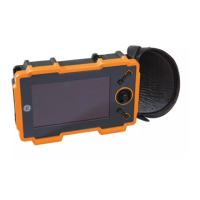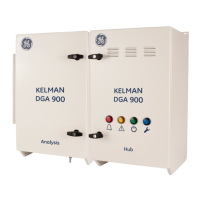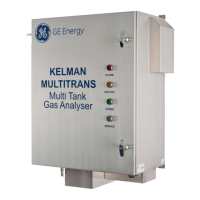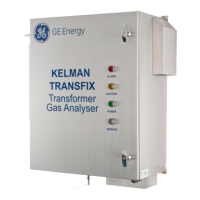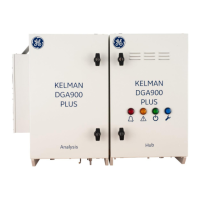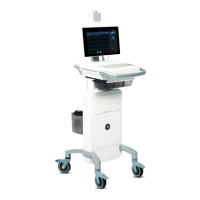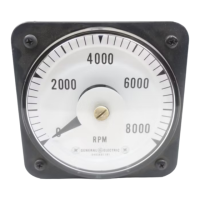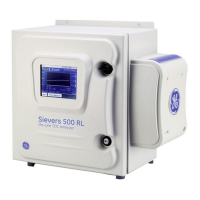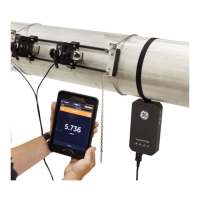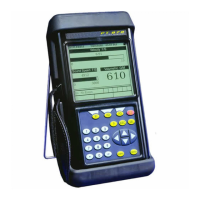5-28 Issue 01, 04/2005 Krautkramer USM 35X
Operation
5.10 Classification of welds
(function group AWS)
You can rate flaws in welds according to the specifica-
tion AWS D1.1. You will find the corresponding functions
in the function group AWS.
– If necessary, change to the second operation level.
– Select the function group AWS.
Classification of welds (function group AWS)
H Note:
Double assignment of the function INDICA/aSTART.
Press the corresponding key
repeatedly to toggle
between the functions.
H Note:
Depending on the setting in the function EVAMOD
(function group CFG2), one of the function groups REF,
DAC, JDAC, or DGS may also be displayed at this
point. Please also refer to chapter 5.15
General configu-
ration
.
Rating of welds according to AWS
The rating of flaws in welds according to the AWS
specifications is based on an evaluation of the signal
amplitude. In this process, the echo amplitude of the
flaw echo is compared with the echo amplitude of a
known reference reflector. In addition, the sound attenu-
ation in the workpiece is also taken into consideration.
The result is a dB value which is called flaw rating. The
flaw rating D is calculated according to the formula:
5-28 Issue 01, 04/2005 Krautkramer USM 35X
Operation
5.10 Classification of welds
(function group AWS)
You can rate flaws in welds according to the specifica-
tion AWS D1.1. You will find the corresponding functions
in the function group AWS.
– If necessary, change to the second operation level.
– Select the function group AWS.
Classification of welds (function group AWS)
H Note:
Double assignment of the function INDICA/aSTART.
Press the corresponding key
repeatedly to toggle
between the functions.
H Note:
Depending on the setting in the function EVAMOD
(function group CFG2), one of the function groups REF,
DAC, JDAC, or DGS may also be displayed at this
point. Please also refer to chapter 5.15
General configu-
ration
.
Rating of welds according to AWS
The rating of flaws in welds according to the AWS
specifications is based on an evaluation of the signal
amplitude. In this process, the echo amplitude of the
flaw echo is compared with the echo amplitude of a
known reference reflector. In addition, the sound attenu-
ation in the workpiece is also taken into consideration.
The result is a dB value which is called flaw rating. The
flaw rating D is calculated according to the formula:
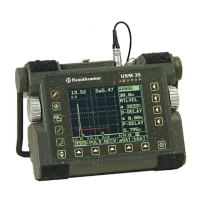
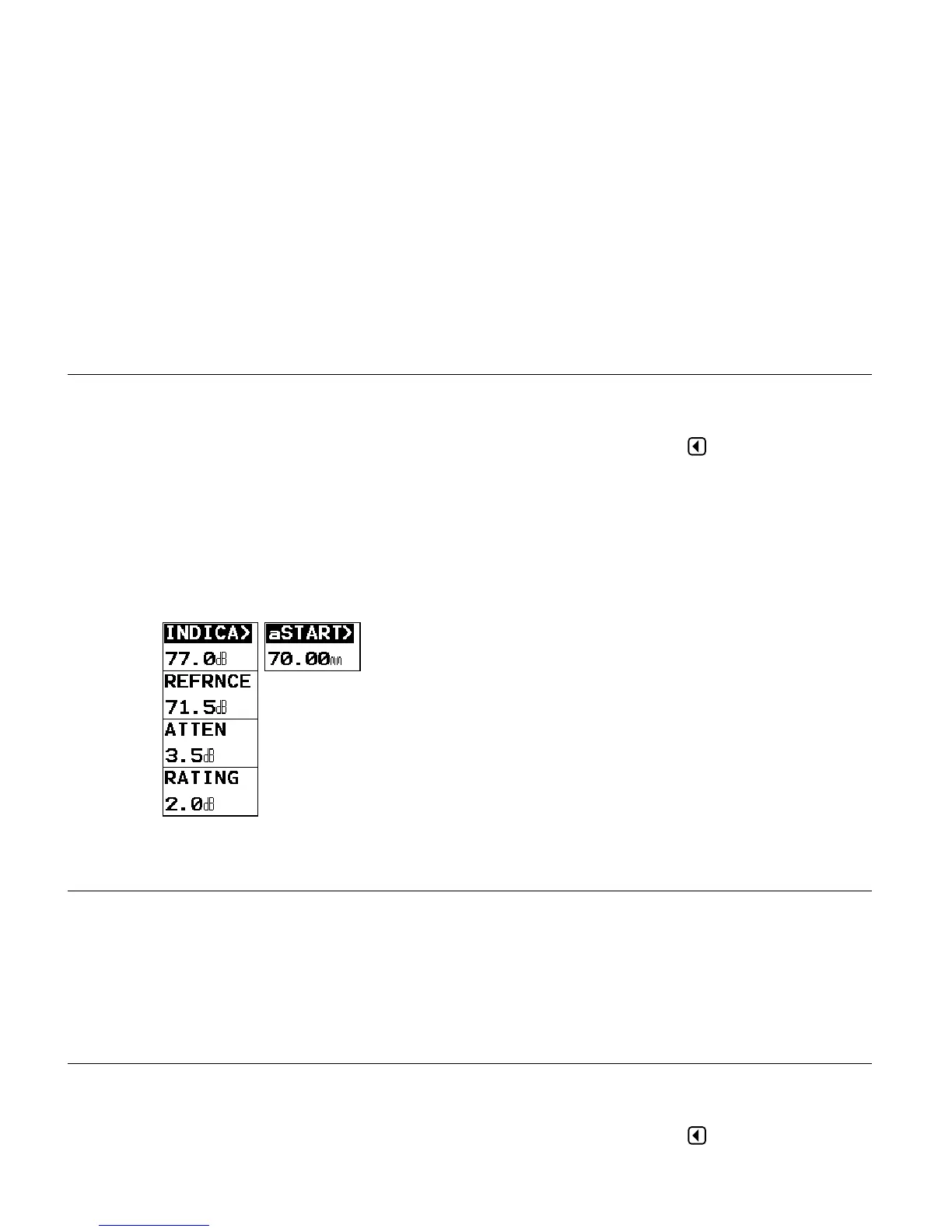